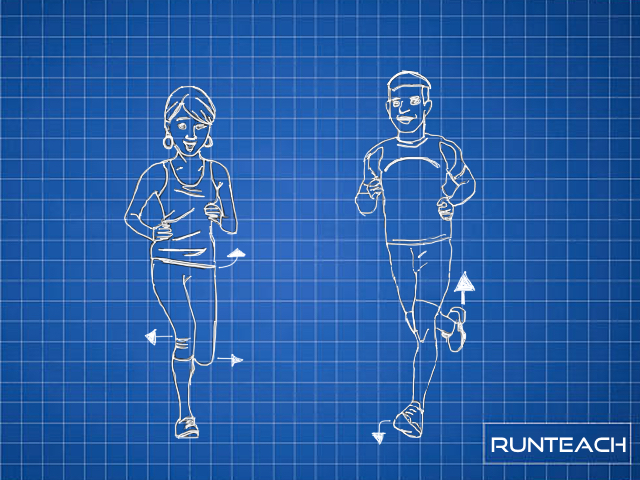Lesson 5 – Process and Result
This post relates to my Blueprint for running, which is free to download here – from my other site, The Confident Runner.
In the last lesson you learned that putting your focus on the process rather than the end result is a better way to find success. However, you still need an end goal so you can create your map and of course, from this your process(s) will be formed.
If you remember from the first lesson, you created a backwards plan from your goal back to now. This clearly lays out the markers you need to achieve on your journey. Each of those smaller achievements will have their own processes, and keeping your focus on them will help you to complete that marker and give you another tick along the way.
But why keep such a tight focus on only a small area, don’t you need to keep an eye on the bigger picture?
We are all different in how we like to look at goals, but generally we fall into two categories:
- High skydivers who like to look at the big picture from above, getting a good feel of the route from start to finish.
- Low down detail inspectors who enjoy getting stuck into the nitty gritty of each individual process.
Each style has its advantages and disadvantages. For example:
Too much high skydiving may mean you miss critical detail along the way and in running this could have dire consequences in terms of injury or poor race results. You may also flit from one marker to the next, not actually completing any one of them and arrive at your goal underprepared – or worse still, never actually arrive at your goal.
It’s equally easy to get lost in the detail and try to make an individual process perfect. This often leads to a lack of progress and again, you may never reach your goal.
So, the ideal skill set is to combine both of these and aim for a balance. You need to be doing enough detail work to complete each process, but also keep an eye on the end goal to keep you steering in the right direction.
Notice I’ve been talking about keeping an eye on the end goal and not the end result, and that distinction is important. The end goal (or even each process goal) is there to help guide you. But trying to achieve a desired end result will often mean you skip parts of the process and in my experience, makes everything harder and less likely to be long-lasting.
Let’s look at improving your running form as a good example. There are the main markers that I always look for, and I used to teach some ways to achieve these during my workshops and coaching. While the runners could indeed improve their form very quickly, the results wouldn’t always stick. This frustrated me so much that I went back to the drawing board on how I was teaching it all.
As I went through it step by step, asking myself questions at each point, I realised that many runners don’t have the required skills to make the changes to their running form last longer than a few weeks. We had been results-focused just a bit too much, and needed a better process and a better approach.
I redesigned the process and the approach to achieving the outcome. Now, I take runners through a specific process that must be completed in stages. As the runners progress through each stage, I know they are not only getting closer to the goal of improving their running form, but that the improvements will become part of their every day, long-term makeup of who they are.
The overall process for how I teach running technique is in my Blueprint for Running which you can download from my Confident Runner site for free here, if you haven’t already got a copy of it.
In the next email, I’ll look into some more detail on the Blueprint and go into some of the processes to help drive home the whole process/results focus thing.
Best wishes,
Chris
Founder


